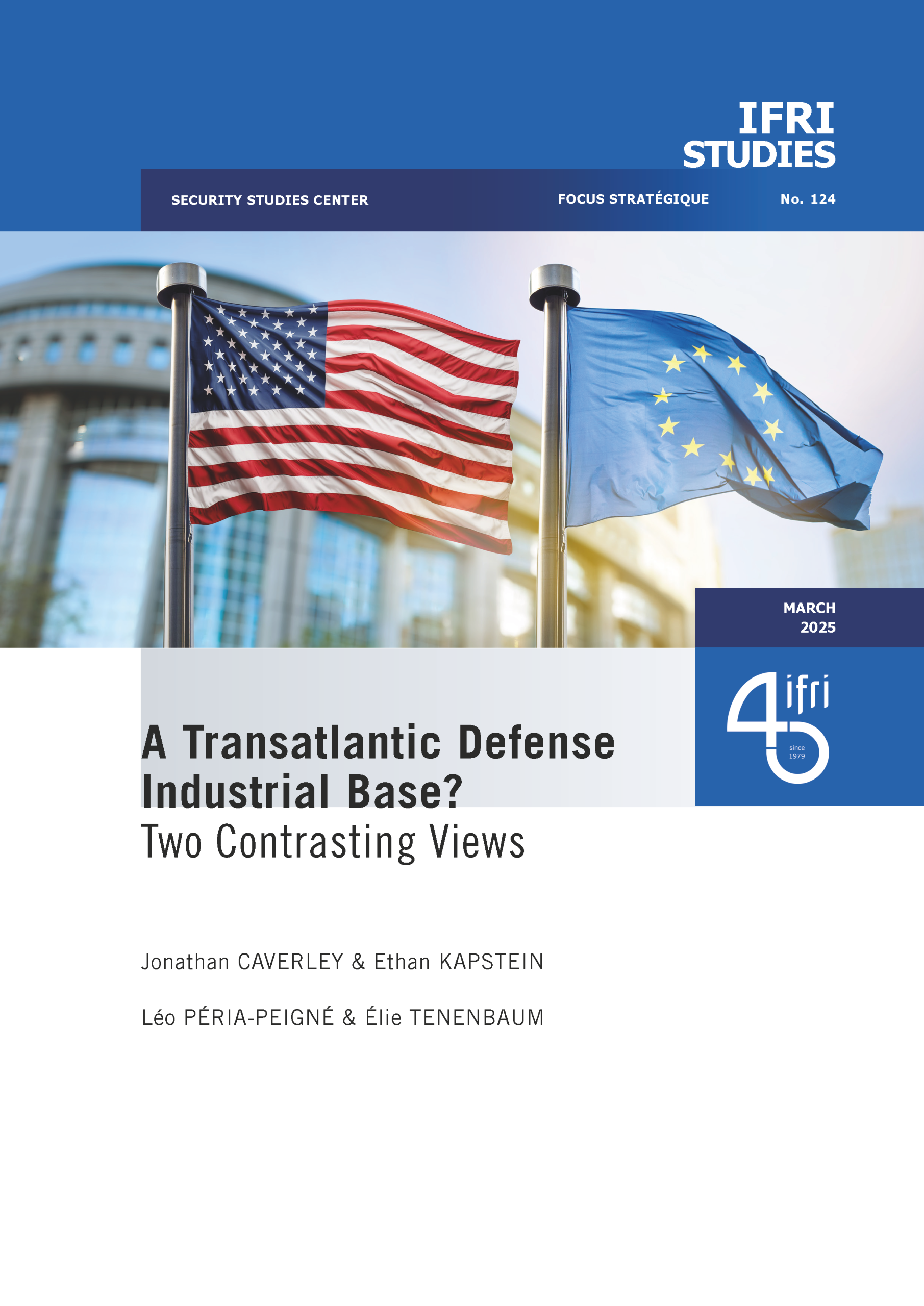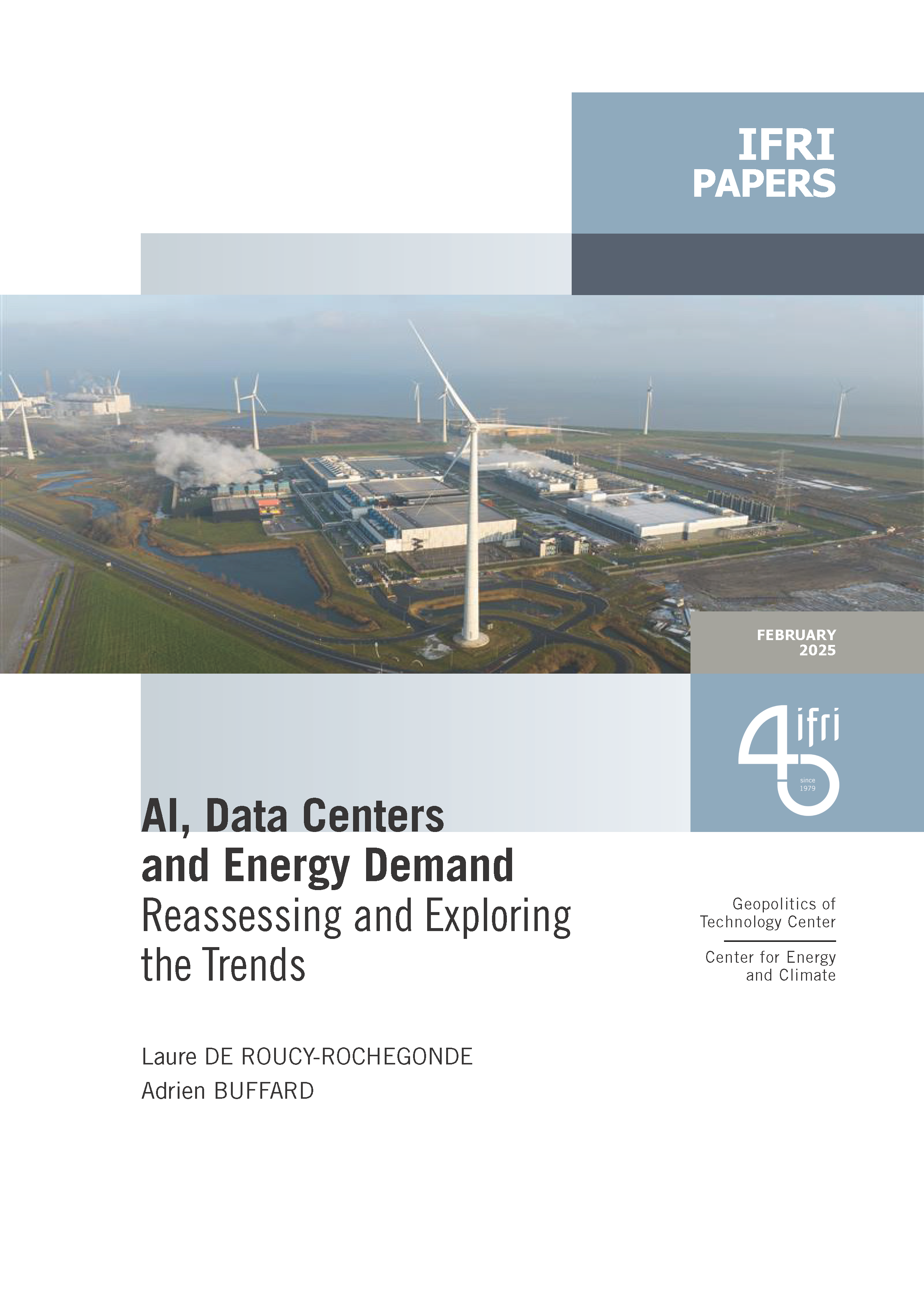The Vegetation Programme

Under human pressure, many changes are taking place in the resources and the environment of Earth. An increasing global population fuels the need for food, natural resources and land. Consequently, the need for maintaining a capacity to observe and understand the Earth system and the biophysical processes has become a key element for the sustainable management of the planet’s natural resources. The SPOT-Vegetation instruments have significantly contributed to reach this goal.
In 1977, France proposed to develop a series of Earth observation satellites aimed at taking images of the Earth in different light bands: SPOT. These high-resolution satellites were designed to improve the knowledge and the management of Earth’s resources by gathering data regarding agriculture, water resources, renewable and non-renewable fuels and contribute to a better understanding of the oceans, climate and erosion.
Initially, Spot was suggested by France in February 1977 as a European project but was supported only by two countries, Belgium and Sweden. Consequently, the French government decided to adopt Spot as a national project and offered Belgium and Sweden to join on a bilateral basis (contributing 4% each). In order to market the images Spot could take from every spot of the Earth, CNES set up the first satellite-based Earth resources company, “SPOT Image”, based in Toulouse. CNES was a 39% shareholder along with other sponsors from Belgium, Sweden and Italy.
Spot-1 was launched with Ariane 2 in February 1986. This first satellite was joined by Spot-2 in January 1990 followed by Spot-3 in September 1993. In 1998, Spot-4 was launched with Ariane 4 when Spot-3 went out of action. This new satellite contained major technical developments and carried additional experiments for the observing of the ozone layer and radio-positioning. CNES managed to convince the European Union (EU) of the necessity of making available in Europe a global monitoring instrument devoted to the vegetation cover. Jointly developed by France, the EU, Belgium, Italy and Sweden, this new instrument dedicated to the daily measurement of the Earth vegetation cover was Spot-4’s main improvement. This instrument was regarded as a workhorse of global monitoring: “It gives a basic dataset you can trust, really designed around dedicated measurements, oriented to understanding the state of the vegetation cover of the world on a day in-day out basis”.
Download the paper to read full text:

Available in:
Regions and themes
ISBN / ISSN
Share
Download the full analysis
This page contains only a summary of our work. If you would like to have access to all the information from our research on the subject, you can download the full version in PDF format.
The Vegetation Programme
Find out more
Discover all our analysesChina-Russia Cooperation in Space: The Reality behind the Speeches
China-Russia cooperation in space has been increasing for the past two decades. This cooperation accelerated after the Crimea crisis in 2014 and culminated with the announcement in 2021 of the joint construction of the International Lunar Research Station (ILRS).
Space in a Changing Environment: a European Point of View
The development of European space activities has long been pursued under the framework of the European Space Agency and other national space agencies. More recently, the emergence of the European Union as a new actor for space has paved the way for a series of initiatives and opportunities.
The Lisbon Treaty and the Evolution of European Space Governance
Until the adoption of the Lisbon treaty in December 2007, there was no explicit reference to space in the EU’s constitutive documents. While the European Space Agency has been active in space since the mid-1970s, the Union’s policy remained without a legal basis for space activities. Parallel to the treaties’ evolution however, the EU’s competences never stopped expanding to new fields, bringing it ever closer to space and its various applications. Creativity and dynamic uses of these existing competences have allowed the EU to progressively interfere with the space sector and to get closer to ESA.
Governing the Geostationary Orbit: Orbital Slots and Spectrum Use in an Era of Interference
Outer space, particularly in the telecommunication sector, is benefiting and becoming accessible to more and more actors. But with this trend comes also a reality that is every day more compelling: no meaningful development can be achieved without a clear, stable and predictable interference-free environment for the use and control of all satellites that depend upon ready access to radio frequencies and appropriate geostationary orbital slots to function properly.






